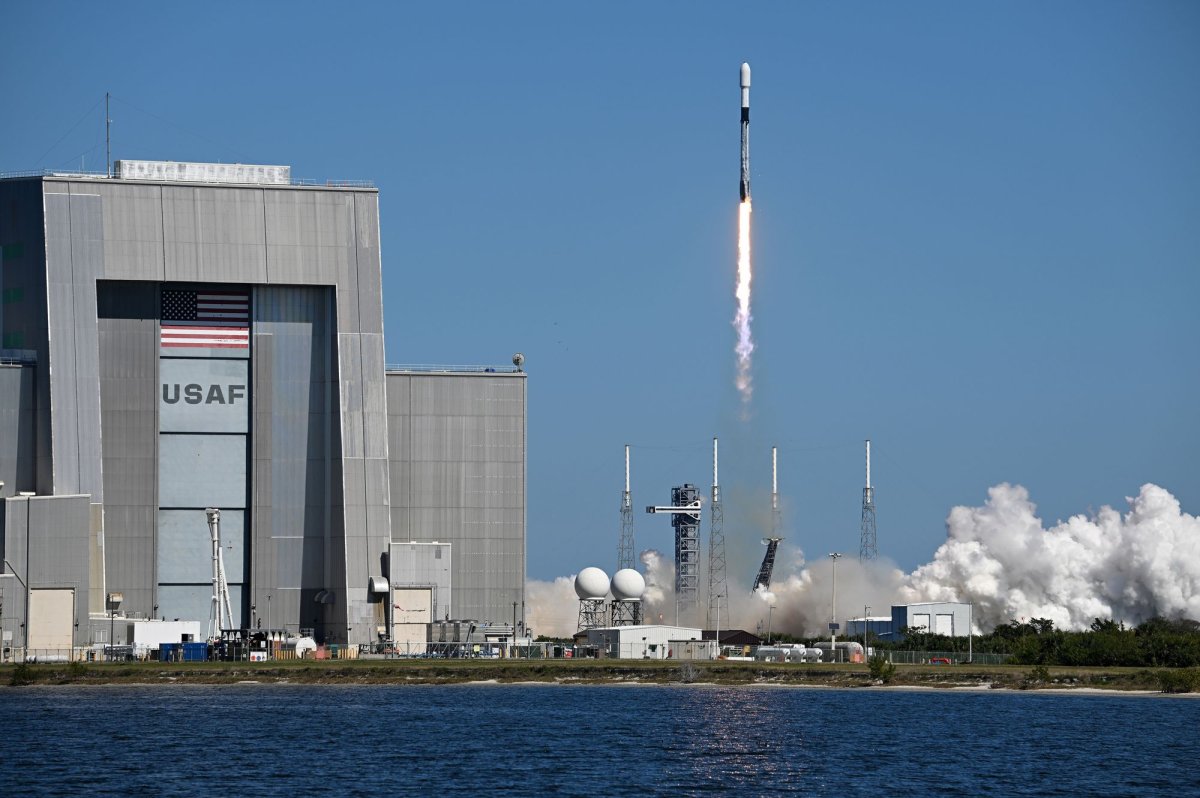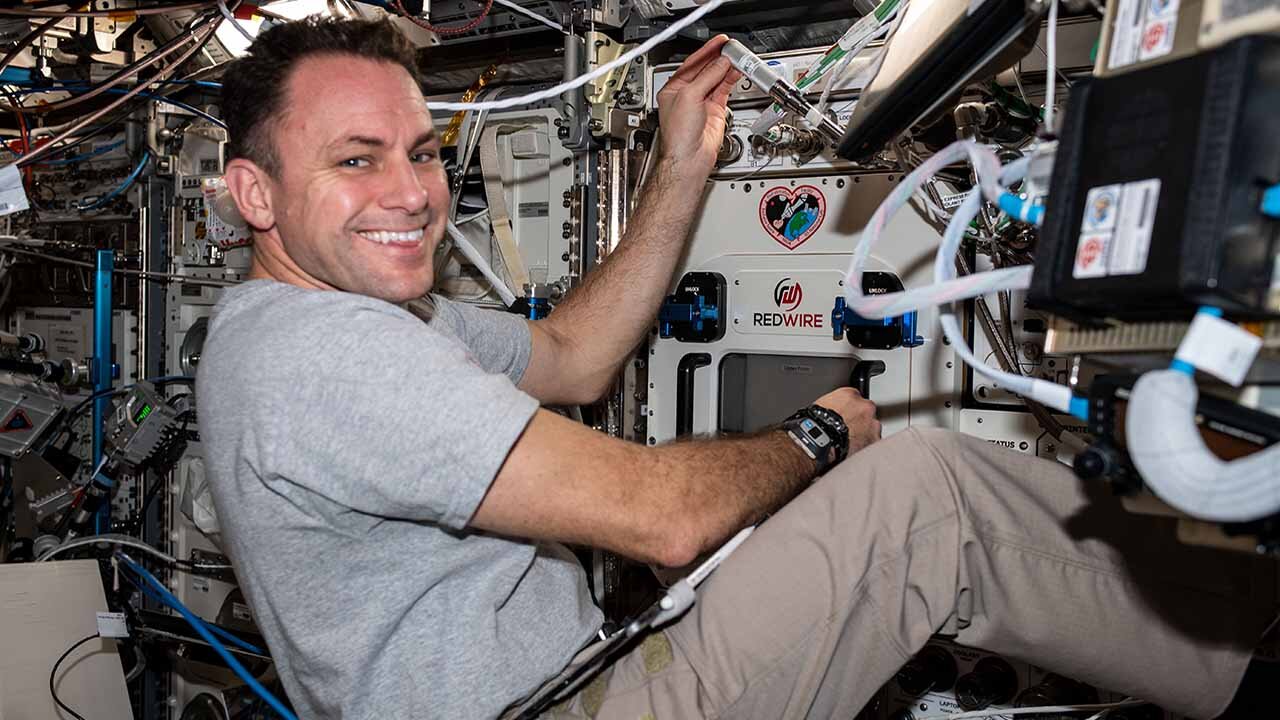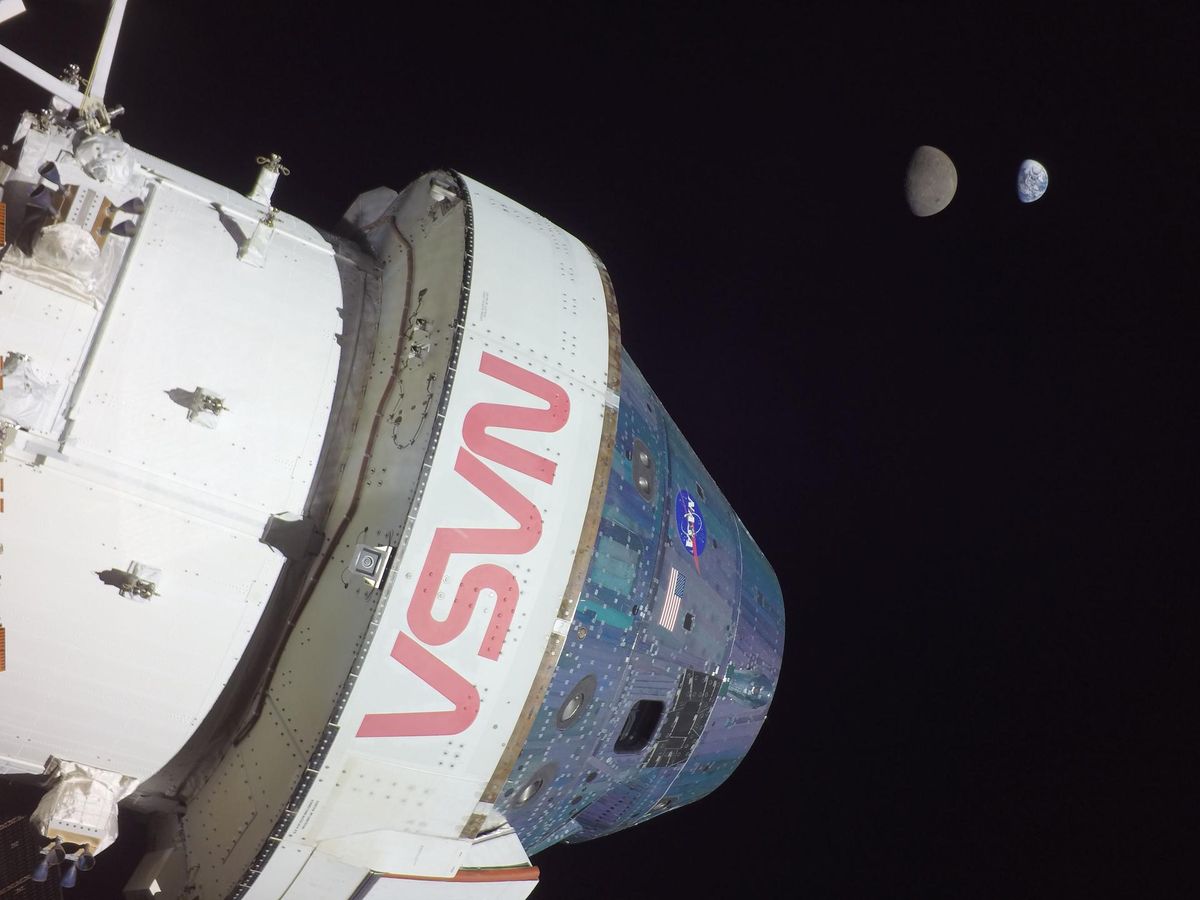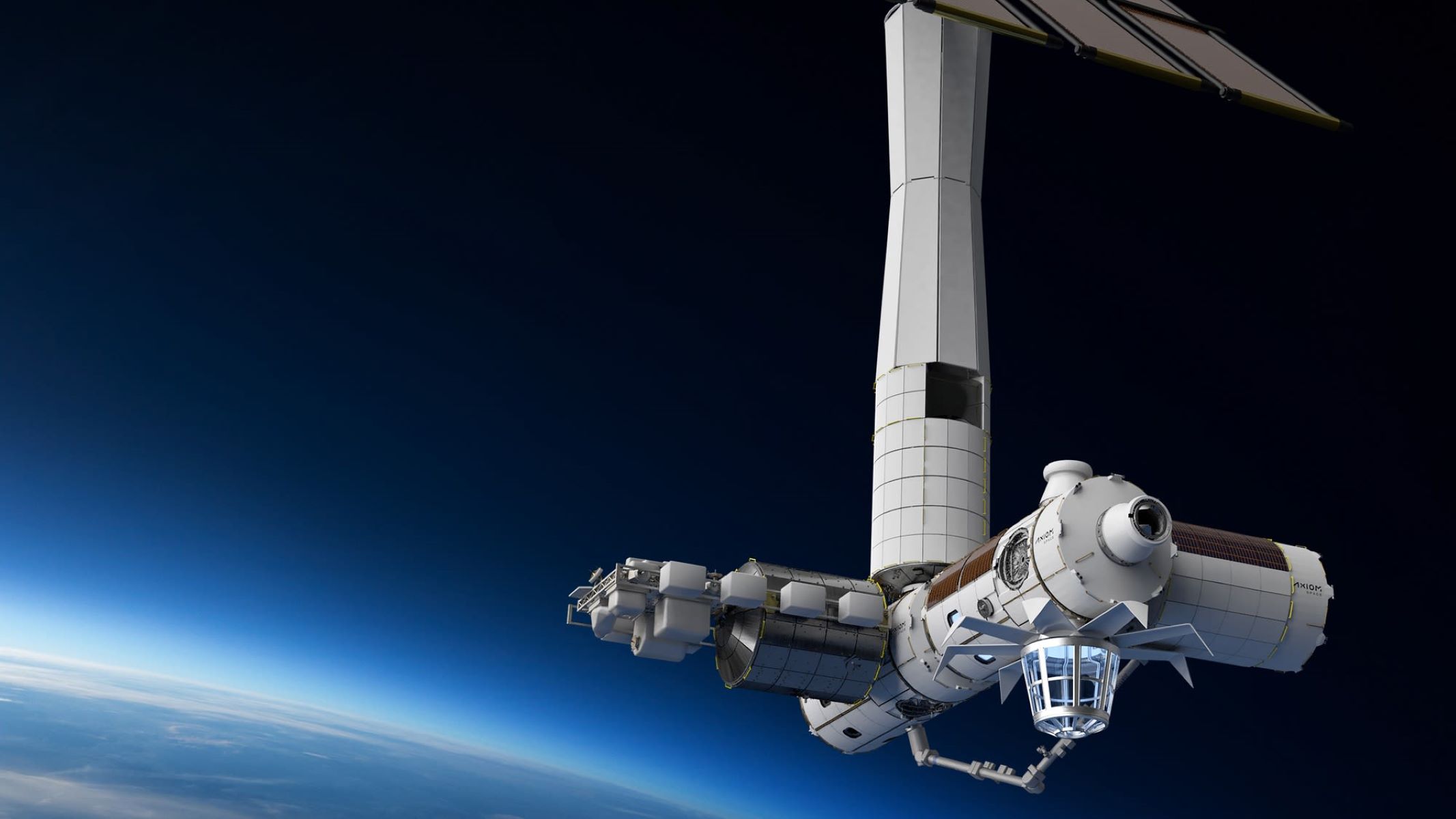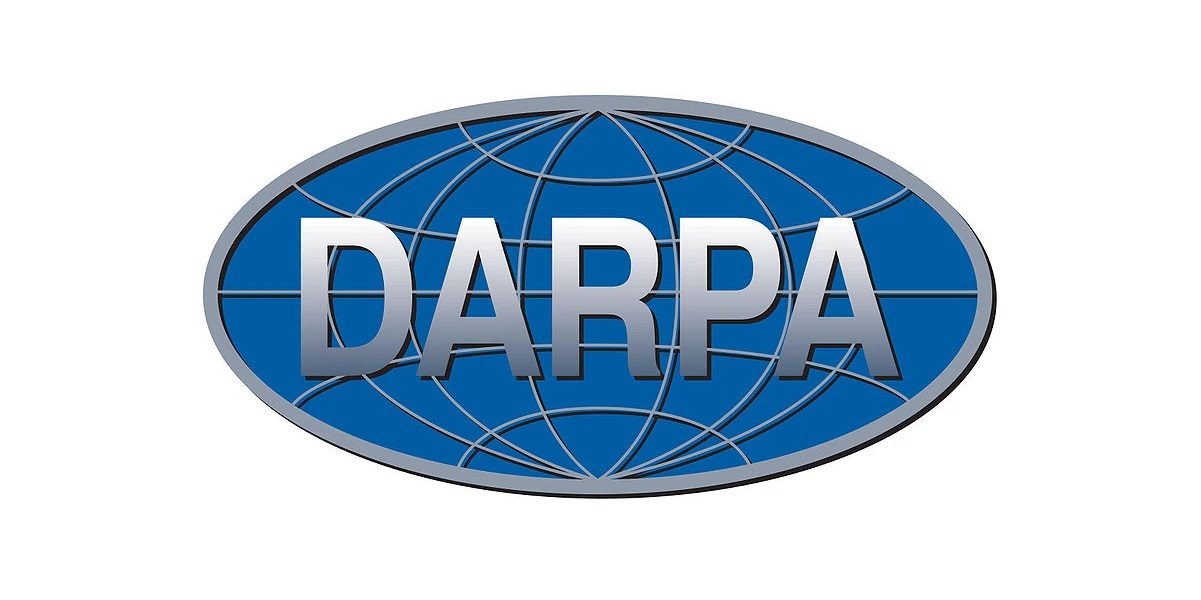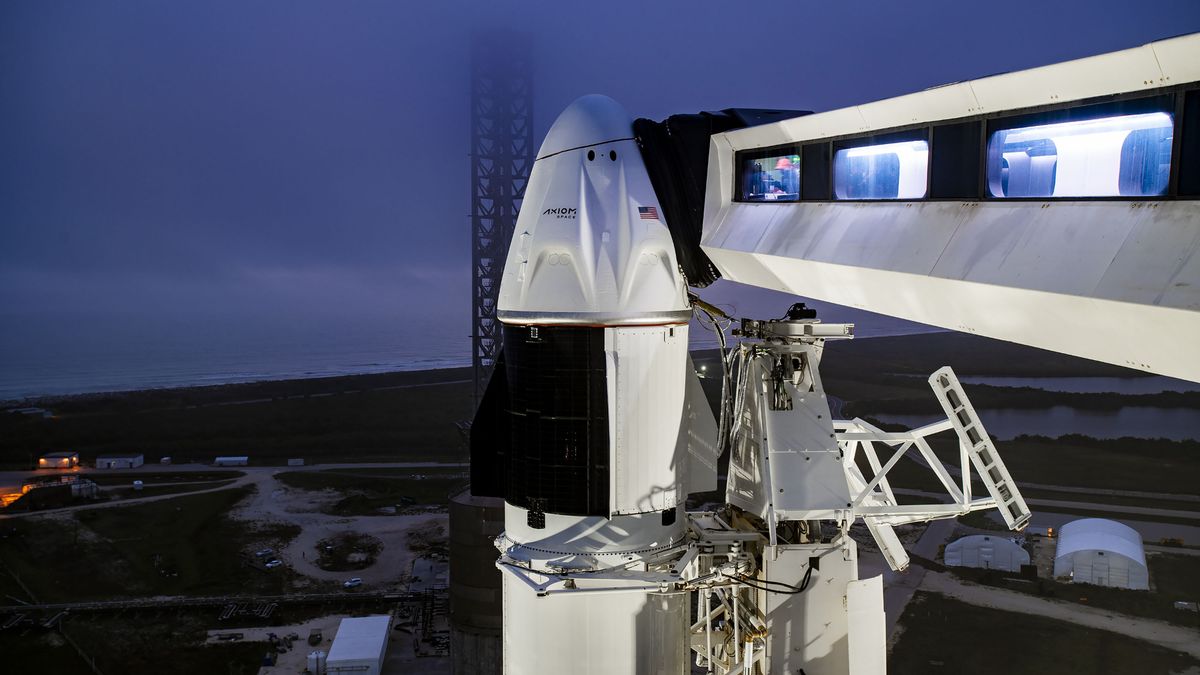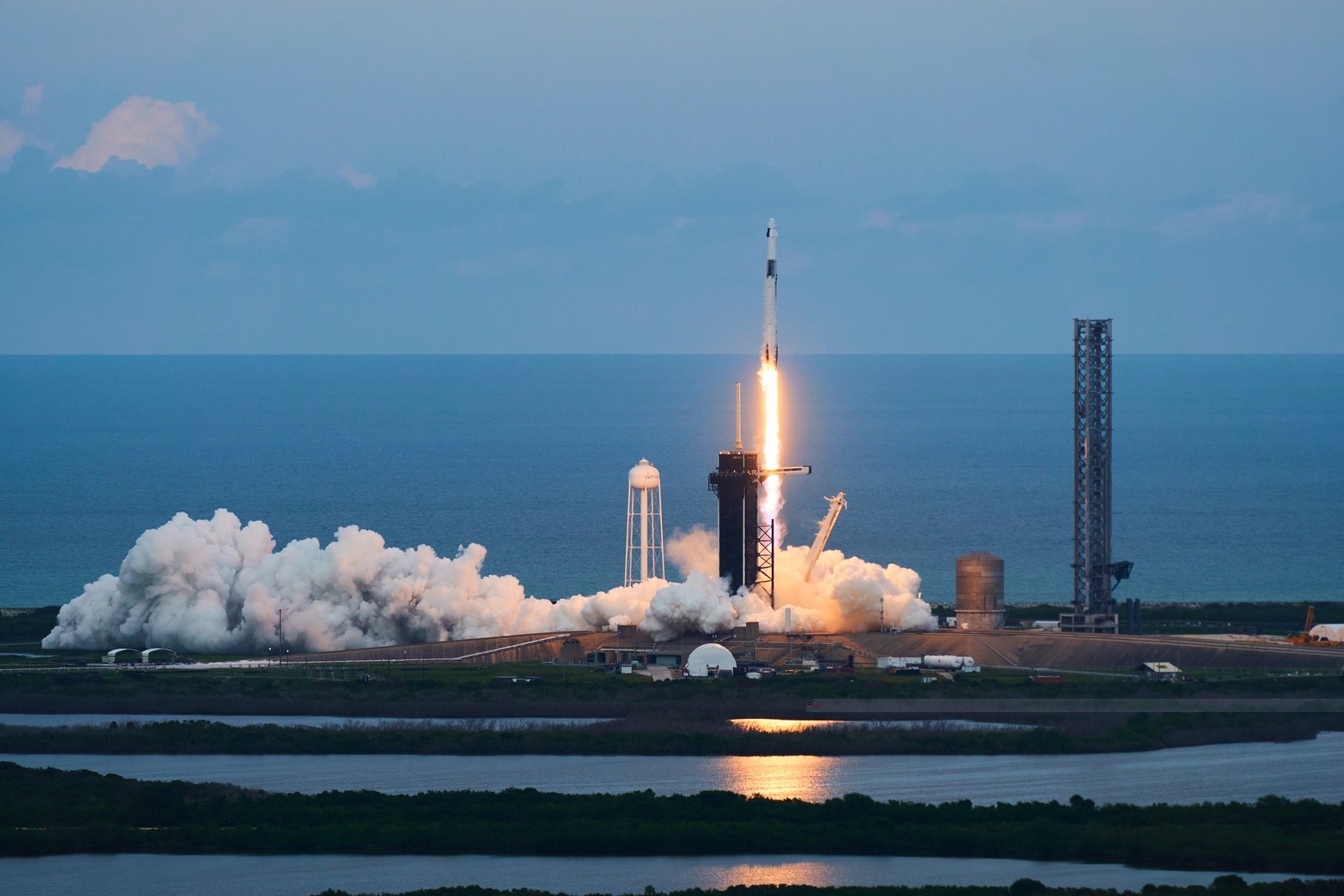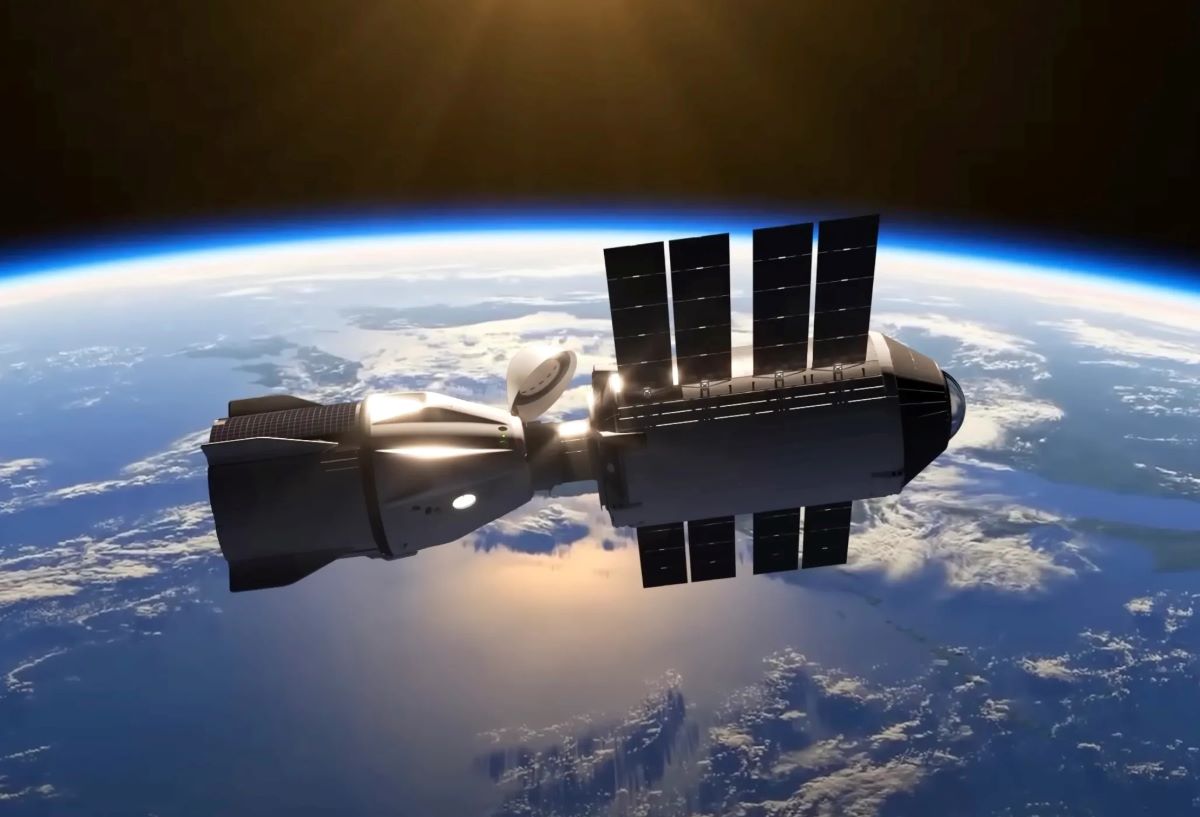SpaceX has joined forces with Northrop Grumman to transport over 8,000 pounds of supplies, including food and scientific experiments, to the astronauts aboard the International Space Station (ISS).
Key Takeaway
SpaceX and Northrop Grumman are collaborating to launch a resupply mission to the ISS, showcasing the critical roles of both companies in American civil space efforts. The mission involves innovative modifications to accommodate cargo, including a “gigadoor” added to the payload fairing of the Falcon 9 rocket.
NG-20 Resupply Mission Details
The NG-20 resupply mission is scheduled to lift off from the Space Force’s Cape Canaveral in Florida on a SpaceX Falcon 9 rocket at approximately 12:07 p.m. EST. The Northrop’s Cygnus cargo capsule is expected to reach the International Space Station on February 1.
Collaboration and Significance
Northrop has been utilizing its Antares rocket to launch Cygnus to the ISS for resupply missions since 2013. However, the company retired that version of Antares last year, and the next version, Antares 330, is currently under development with Firefly Aerospace and is anticipated to be ready for flight around mid-2025.
Both Northrop and SpaceX have substantial contracts with NASA for delivering cargo resupply missions to the ISS. Under its contract, SpaceX employs its Dragon capsule; this marks the first time it will launch a Cygnus.
Modifications and Innovations
Northrop’s decision to use Falcon 9 without requiring modifications to Cygnus underscores the critical roles of both companies in American civil space efforts. SpaceX made adjustments to its hardware to accommodate the spacecraft, including adding a 5 feet by 4 feet hatch to the payload fairing to enable a “late load” of cargo. This late loading capability allows for the addition of materials, such as ice cream, to the spacecraft even after it has been encapsulated in the fairing.
William Gerstenmaier, SpaceX’s VP of build and flight reliability, referred to this modification as the “gigadoor” and highlighted the complexity of ensuring the contents inside remain environmentally controlled. He emphasized the extensive modifications made by SpaceX to prepare the hardware for flight.
Future Operations and Disposal
Once docked to the ISS, Cygnus may utilize its thrusters to boost the station’s altitude, a unique capability of the spacecraft. After approximately six months, the spacecraft will be filled with trash and other debris by the astronauts, and it will subsequently burn up in the Earth’s atmosphere.







